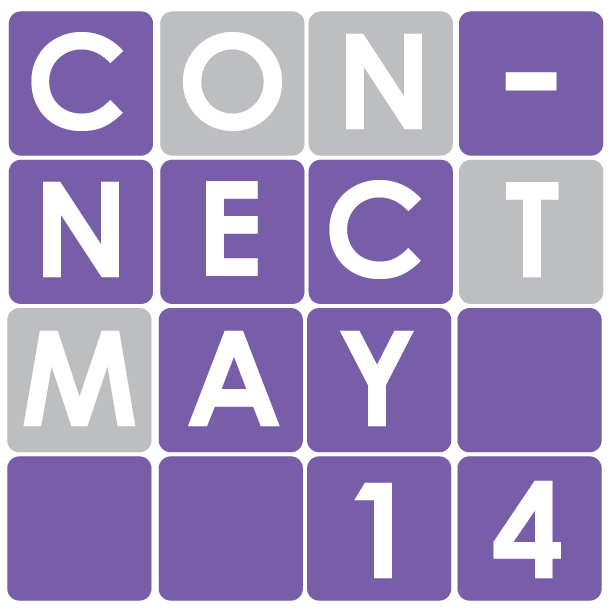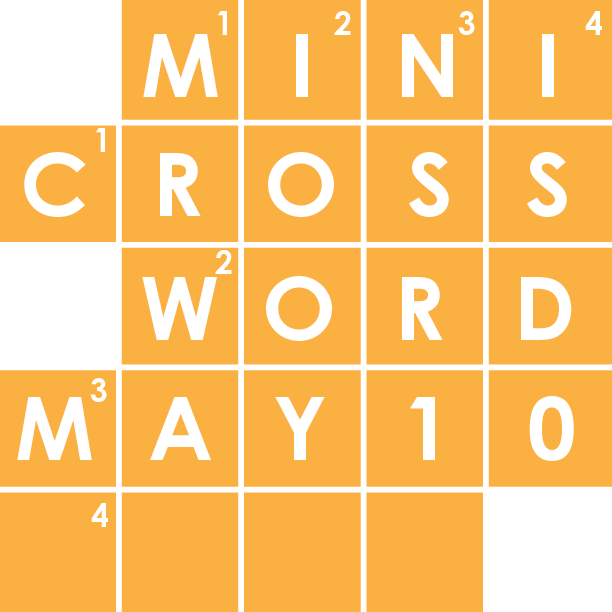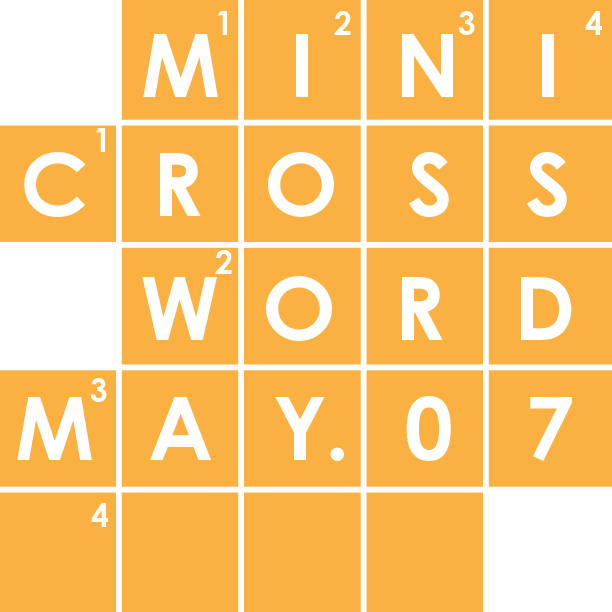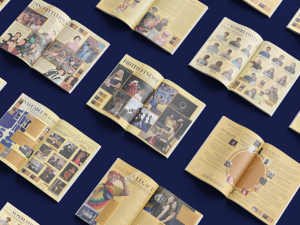Despite stories of injury, students continue to enjoy the potentially dangerous experience
By Jade Schwarting
<[email protected]>
Bloodcurdling screams, shrieks and cries. Deep-fried elephant ears, Twinkies and funnel cakes. The sights and sounds of theme parks are one-of-a-kind and so are the fears that accompany them.
Junior Kolten Rowe attends amusement parks three to four times per year, despite his continuous fear of roller coasters. He said, “I don’t really like roller coasters much because I don’t like the stomach-wrenching feeling you get (when you ride one).”
However, Rowe has a good reason to be afraid. According to saferparks.org, a Web site that provides United States statistics for amusement rides and devices, more than 8,800 emergency room treated injuries relating to amusement rides were recorded in 2006. Including Go-karts in these statistics raises the number to 24,400 injuries. Although serious amusement ride injuries are quite rare, many theme park goers keep past events such as roller coaster disasters or bad experiences in mind when attending these parks.
Rowe said, “When I was five or six, my uncle forced me on a roller coaster, I think it was The Beast, and I cried basically the whole time. Since then, I’ve never liked roller coasters.”
Although many have fears based on news stories of tragic theme park accidents or life-threatening injuries caused by mechanical error, according to the Web site, many times these accidents can be prevented. Lack of secure restraint, size mismatch between patron and ride, ride intensity and equipment failure are all preventable issues can arise during amusement park season.
While some accidents are due to mechanical error, such as the Mind Bender roller coaster in Canada accident where a wheel of the last car swerved off at high speeds and smashed into a concrete pillar, killing every passenger, others are simply due to human carelessness.
In 2008, a teenager was decapitated by a roller coaster after hopping a pair of fences and entering a restricted area at Six Flags in Georgia.
Although Rowe said he has heard many of the frightening stories of theme park fatalities, he said he still rides some of the coasters.
Rowe said, “It kind of depends. I’ll go on these little dinky ones with small hills, but not like The Legend or something big like that.”
Despite his ongoing fear of roller coasters, Rowe, like many Americans, continues to attend theme parks and ride coasters. He said, “Usually I only go to amusement parks when my friends or family go. But when they go on (big) roller coasters, I just go on different rides that I actually want to go on.”
—
STEPS TO SAFETY
Step 1
Dress for safety: wear closed-toe shoes, avoid dangling jewelry and drawstrings, tie back long hair, remove hats and scarves
Step 2
Find the ride that fits: ride rides that are suitable for your age and body size
Step 3
Get off safely: keep your whole body inside the restraint system until you are told to get off, watch your step
SAFERPARKS.COM / SOURCE

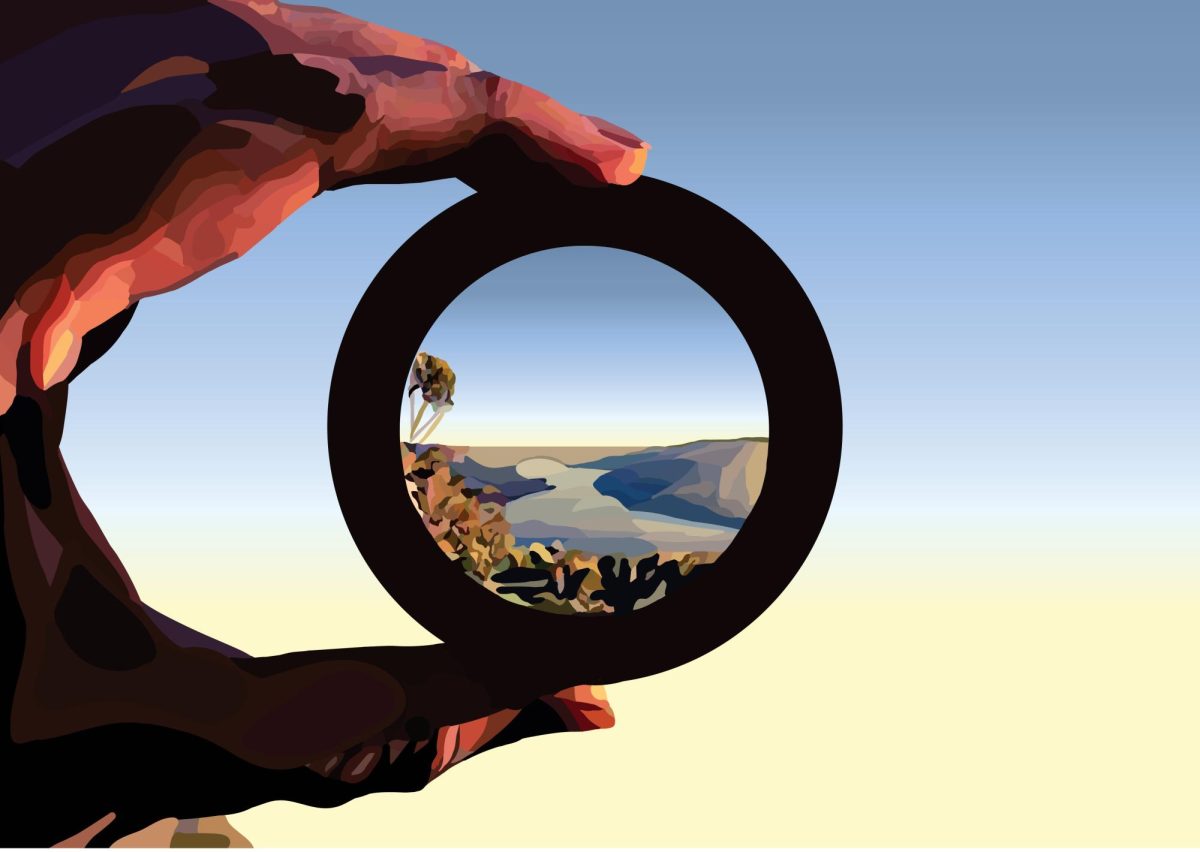




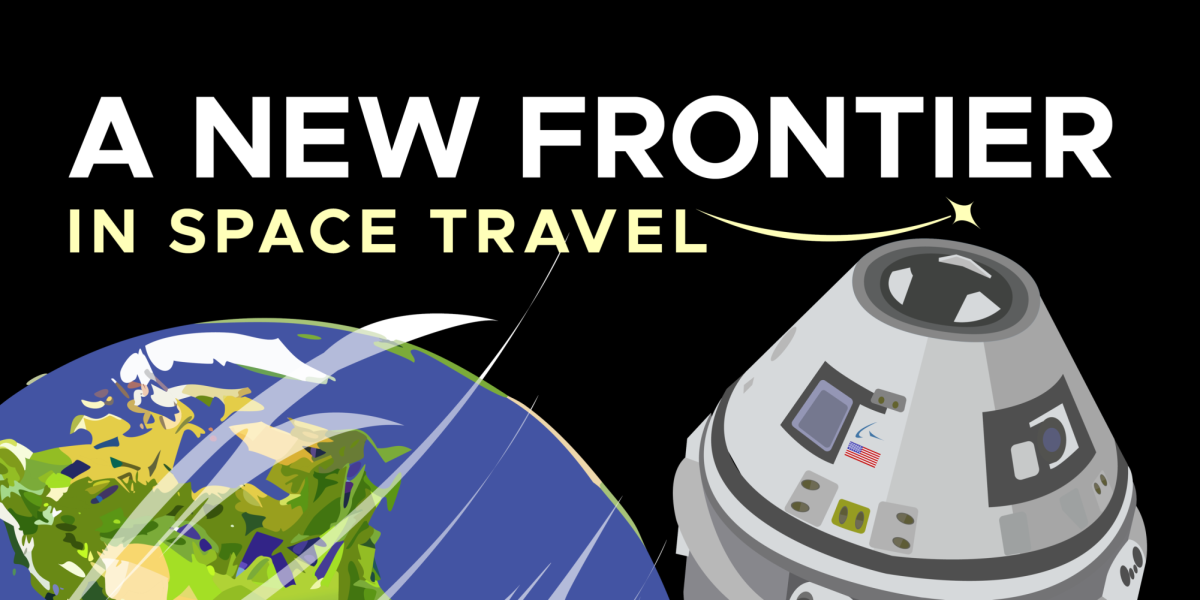




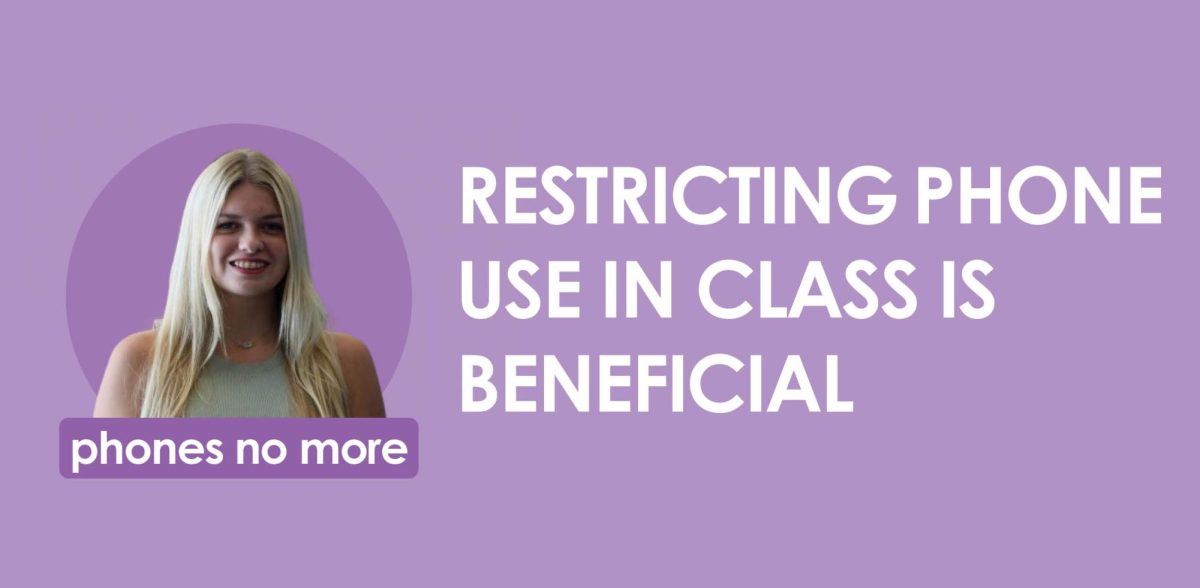
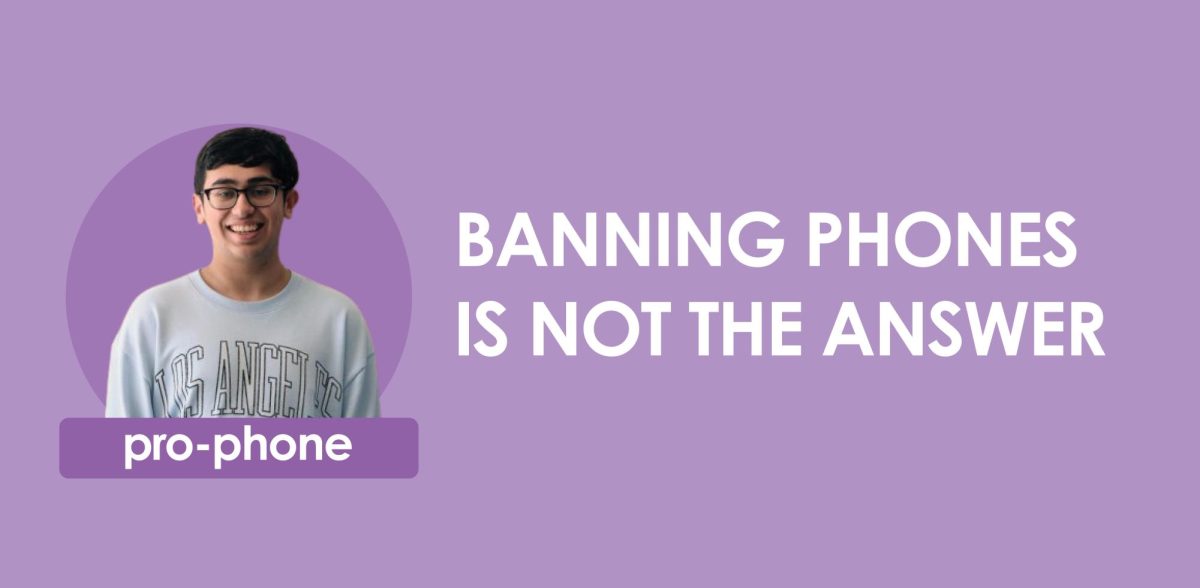





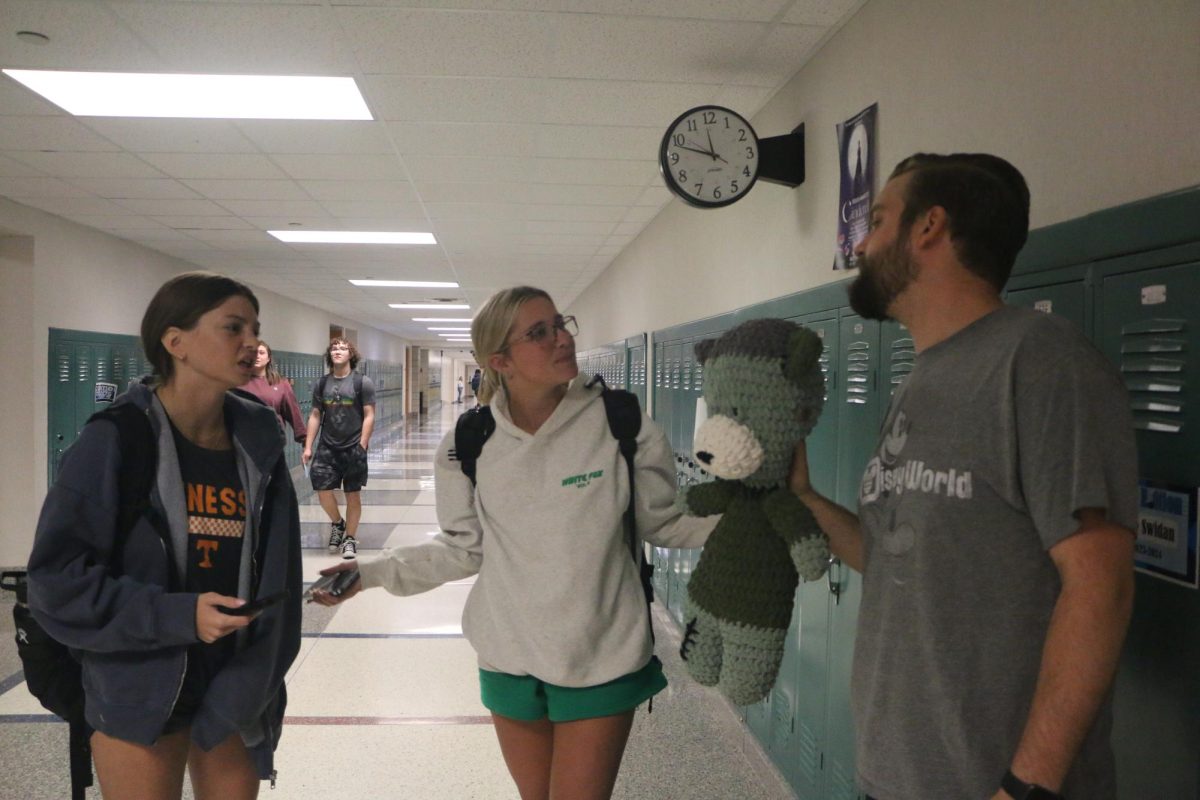







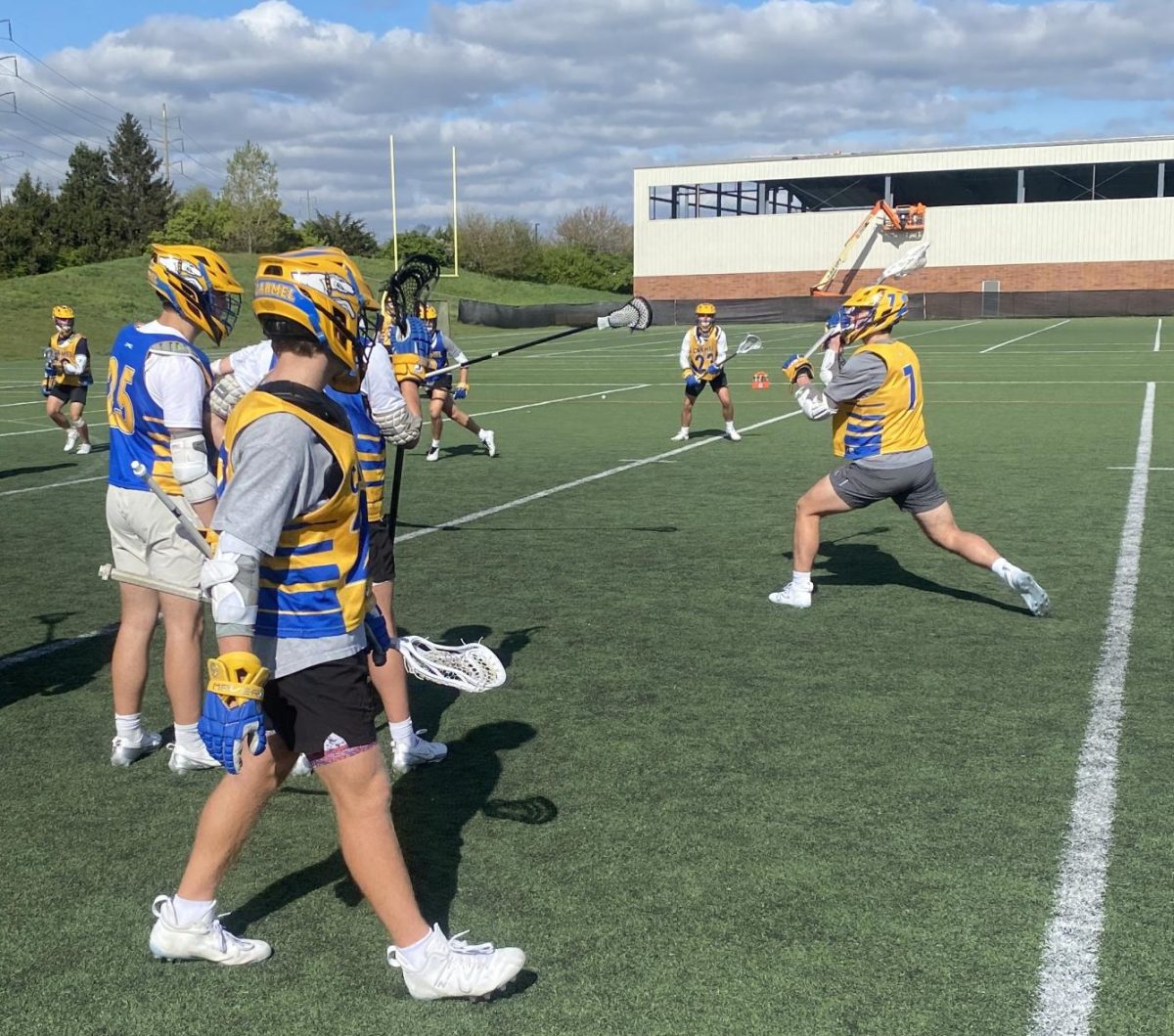




![Family vlogger controversy, need for content reform [opinion]](https://hilite.org/wp-content/uploads/2024/05/Screenshot-2024-05-14-11.33.37-AM-1200x465.png)
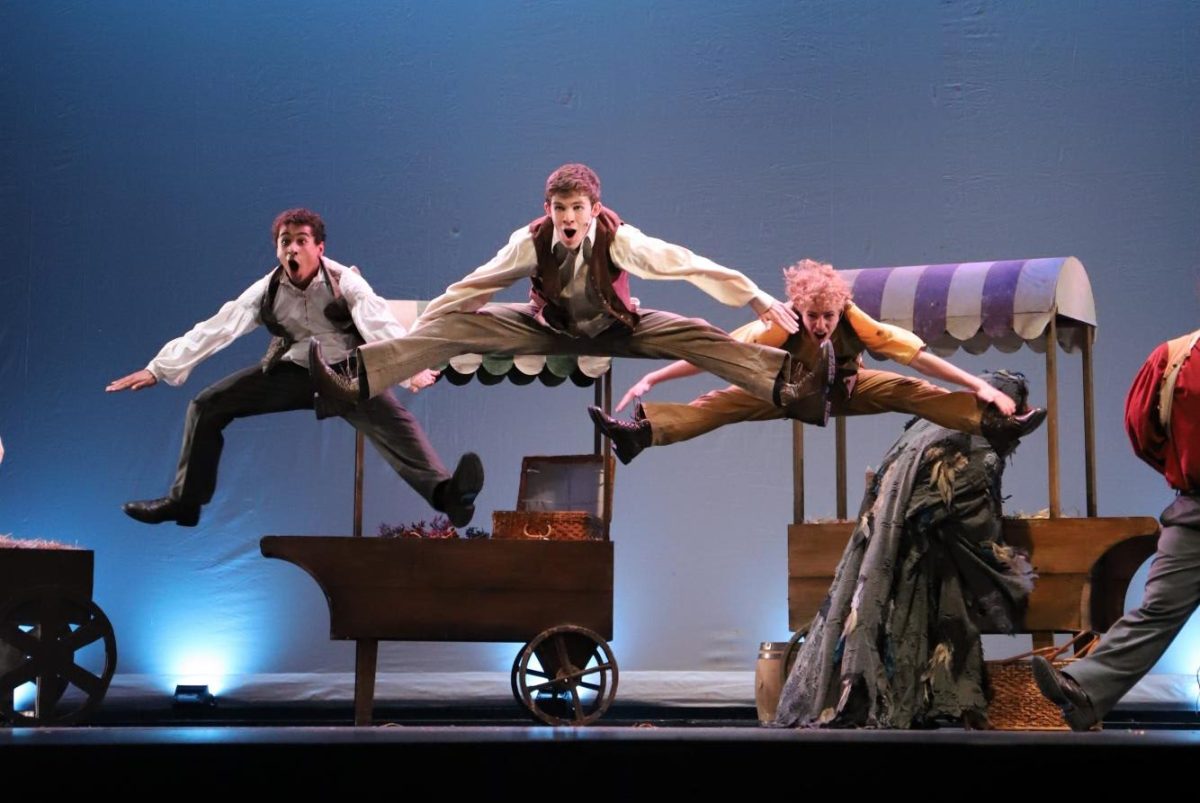



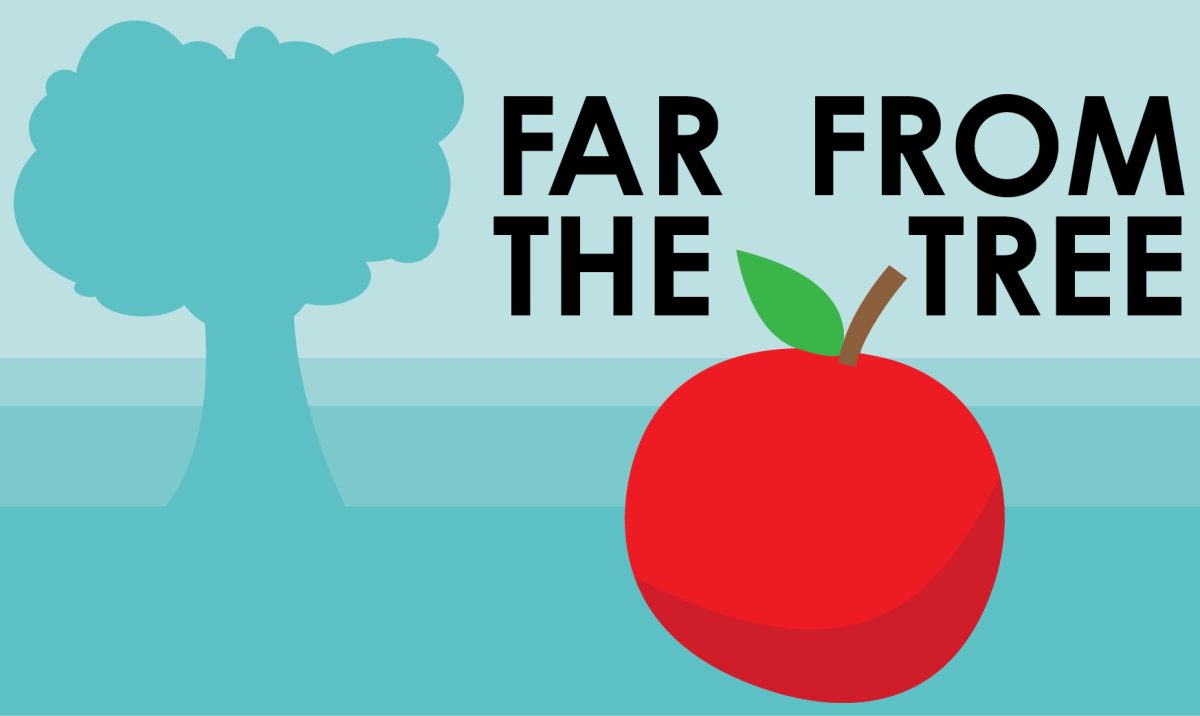
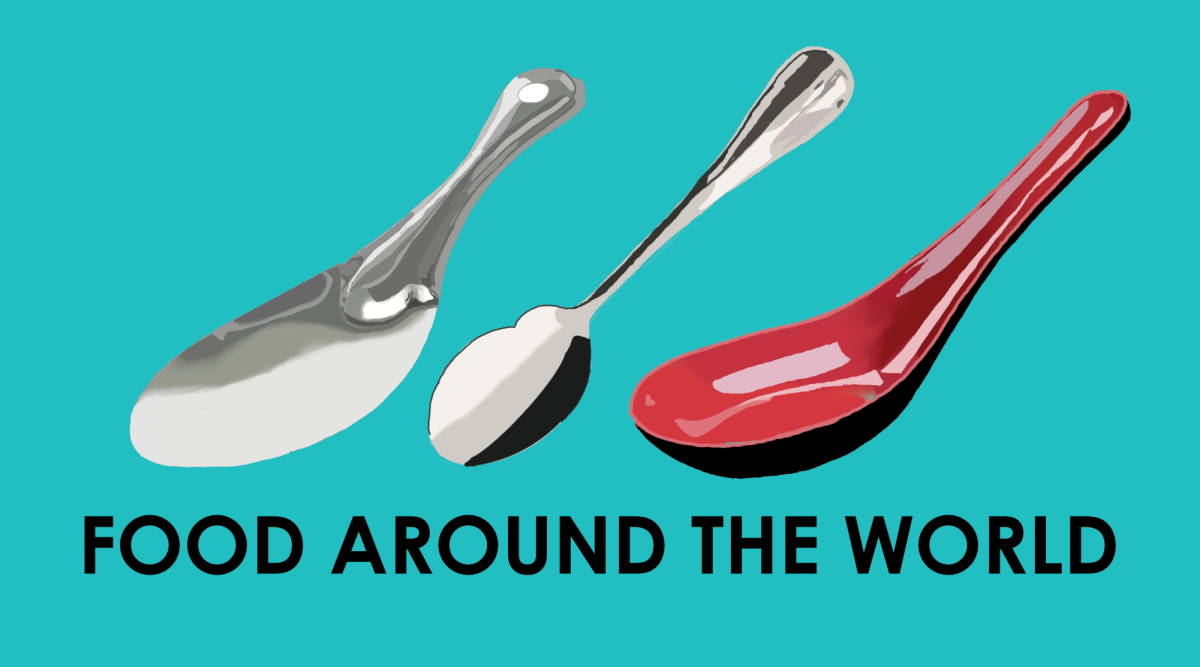
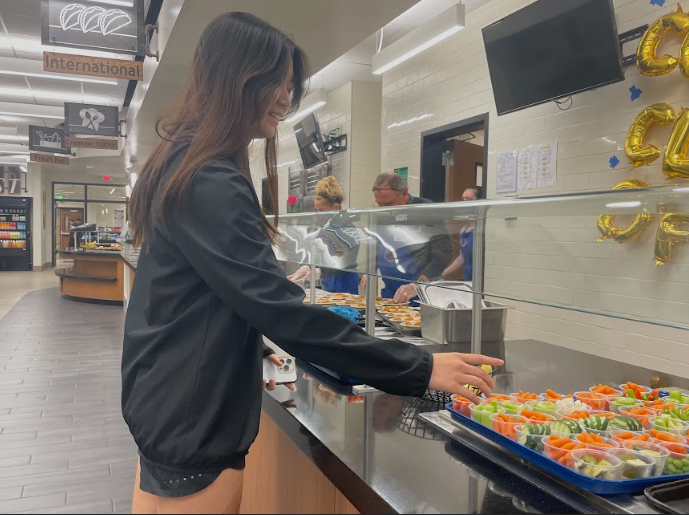
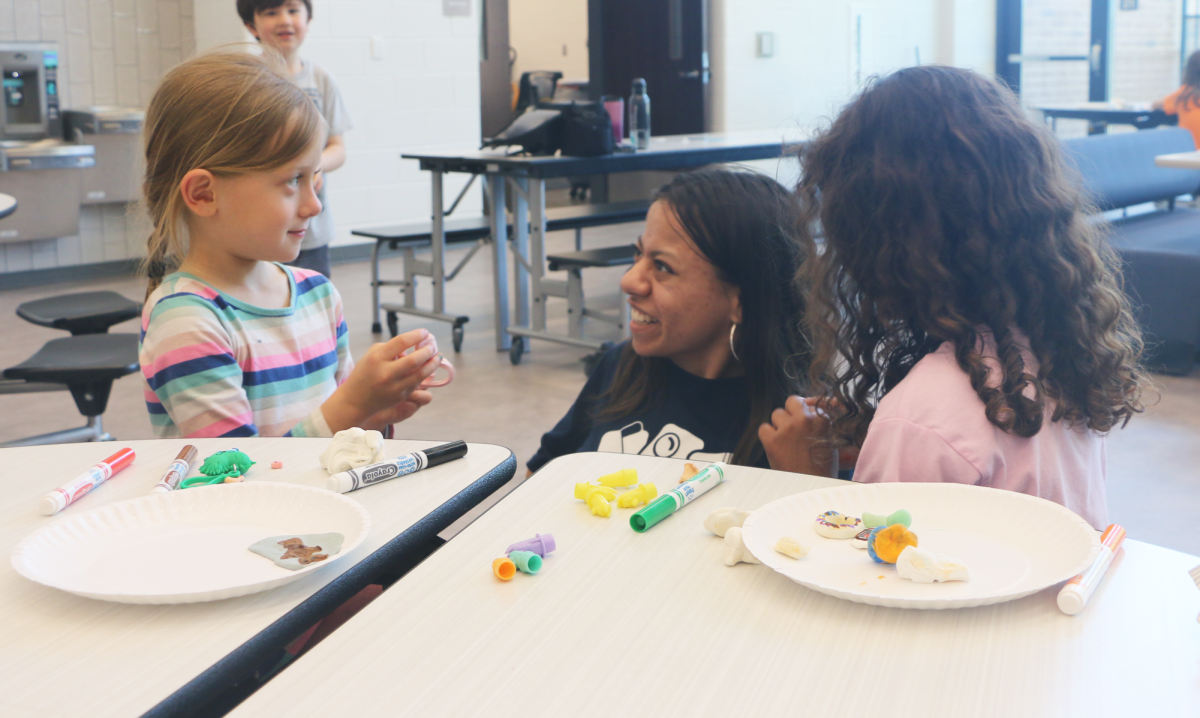
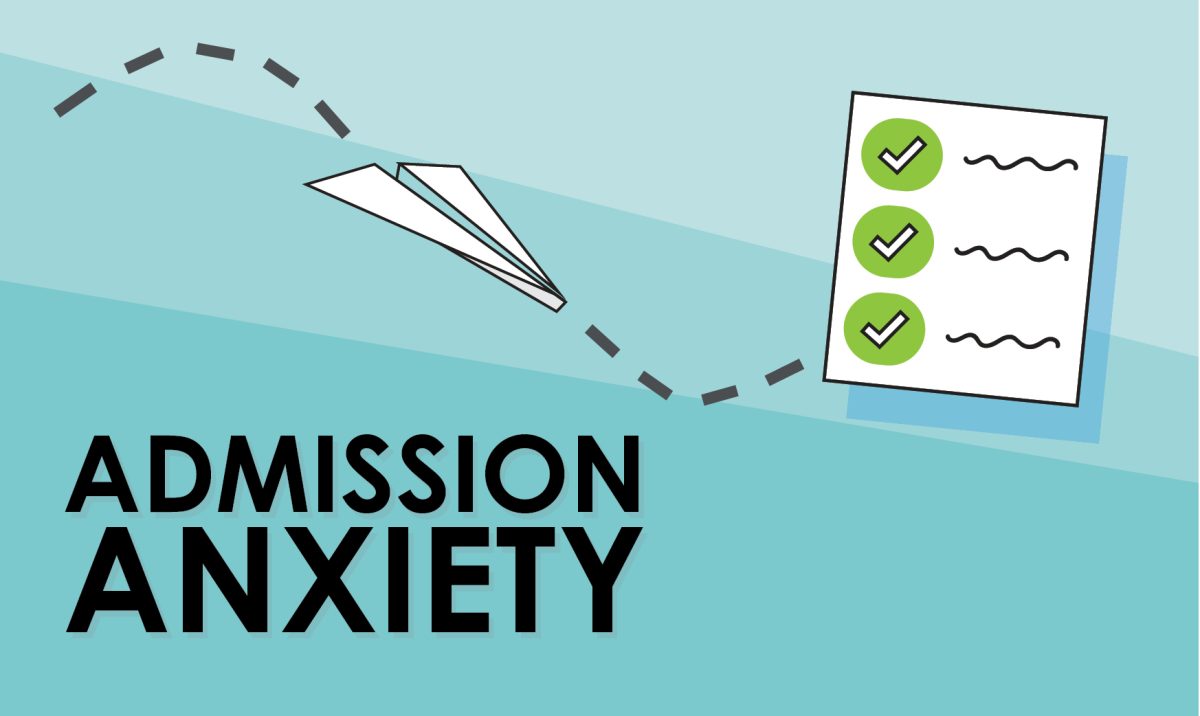














![Review: Conan Gray’s new album, “Found Heaven”, is a refreshing twist on modern music [MUSE]](https://hilite.org/wp-content/uploads/2024/05/Screenshot-2023-10-31-at-16.01.05.webp)
![Review: “Bodies, Bodies, Bodies” is the quintessential Gen-Z movie [MUSE]](https://hilite.org/wp-content/uploads/2024/05/Screenshot-2024-05-15-140618.png)
![Review: Gone Girl is a glorious narrative of narcissism, relationships and perception culminating in the ultimate viewing experience [MUSE]](https://hilite.org/wp-content/uploads/2024/05/unnamed-1.jpg)
![Review: If We Were Villains should be considered the penultimate dark academia book [MUSE]](https://hilite.org/wp-content/uploads/2024/05/unnamed-1.png)
![Review: “Suits” is a perfect blend of legal drama and humor [MUSE]](https://hilite.org/wp-content/uploads/2024/04/unnamed-1.png)
![Review in Print: Maripaz Villar brings a delightfully unique style to the world of WEBTOON [MUSE]](https://hilite.org/wp-content/uploads/2023/12/maripazcover-1200x960.jpg)
![Review: “The Sword of Kaigen” is a masterpiece [MUSE]](https://hilite.org/wp-content/uploads/2023/11/Screenshot-2023-11-26-201051.png)
![Review: Gateron Oil Kings, great linear switches, okay price [MUSE]](https://hilite.org/wp-content/uploads/2023/11/Screenshot-2023-11-26-200553.png)
![Review: “A Haunting in Venice” is a significant improvement from other Agatha Christie adaptations [MUSE]](https://hilite.org/wp-content/uploads/2023/11/e7ee2938a6d422669771bce6d8088521.jpg)
![Review: A Thanksgiving story from elementary school, still just as interesting [MUSE]](https://hilite.org/wp-content/uploads/2023/11/Screenshot-2023-11-26-195514-987x1200.png)
![Review: When I Fly Towards You, cute, uplifting youth drama [MUSE]](https://hilite.org/wp-content/uploads/2023/09/When-I-Fly-Towards-You-Chinese-drama.png)
![Postcards from Muse: Hawaii Travel Diary [MUSE]](https://hilite.org/wp-content/uploads/2023/09/My-project-1-1200x1200.jpg)
![Review: Ladybug & Cat Noir: The Movie, departure from original show [MUSE]](https://hilite.org/wp-content/uploads/2023/09/Ladybug__Cat_Noir_-_The_Movie_poster.jpg)
![Review in Print: Hidden Love is the cute, uplifting drama everyone needs [MUSE]](https://hilite.org/wp-content/uploads/2023/09/hiddenlovecover-e1693597208225-1030x1200.png)
![Review in Print: Heartstopper is the heartwarming queer romance we all need [MUSE]](https://hilite.org/wp-content/uploads/2023/08/museheartstoppercover-1200x654.png)

